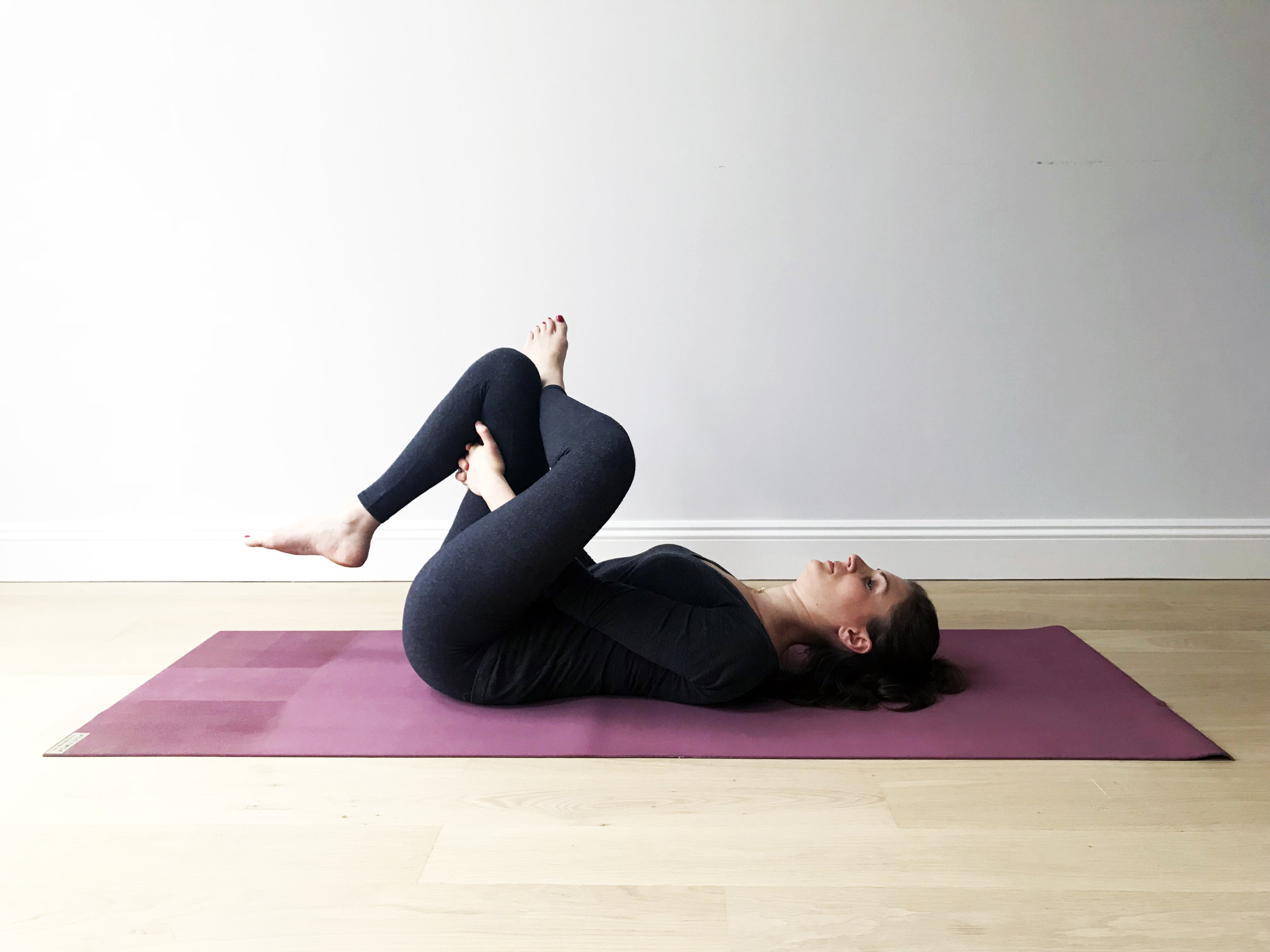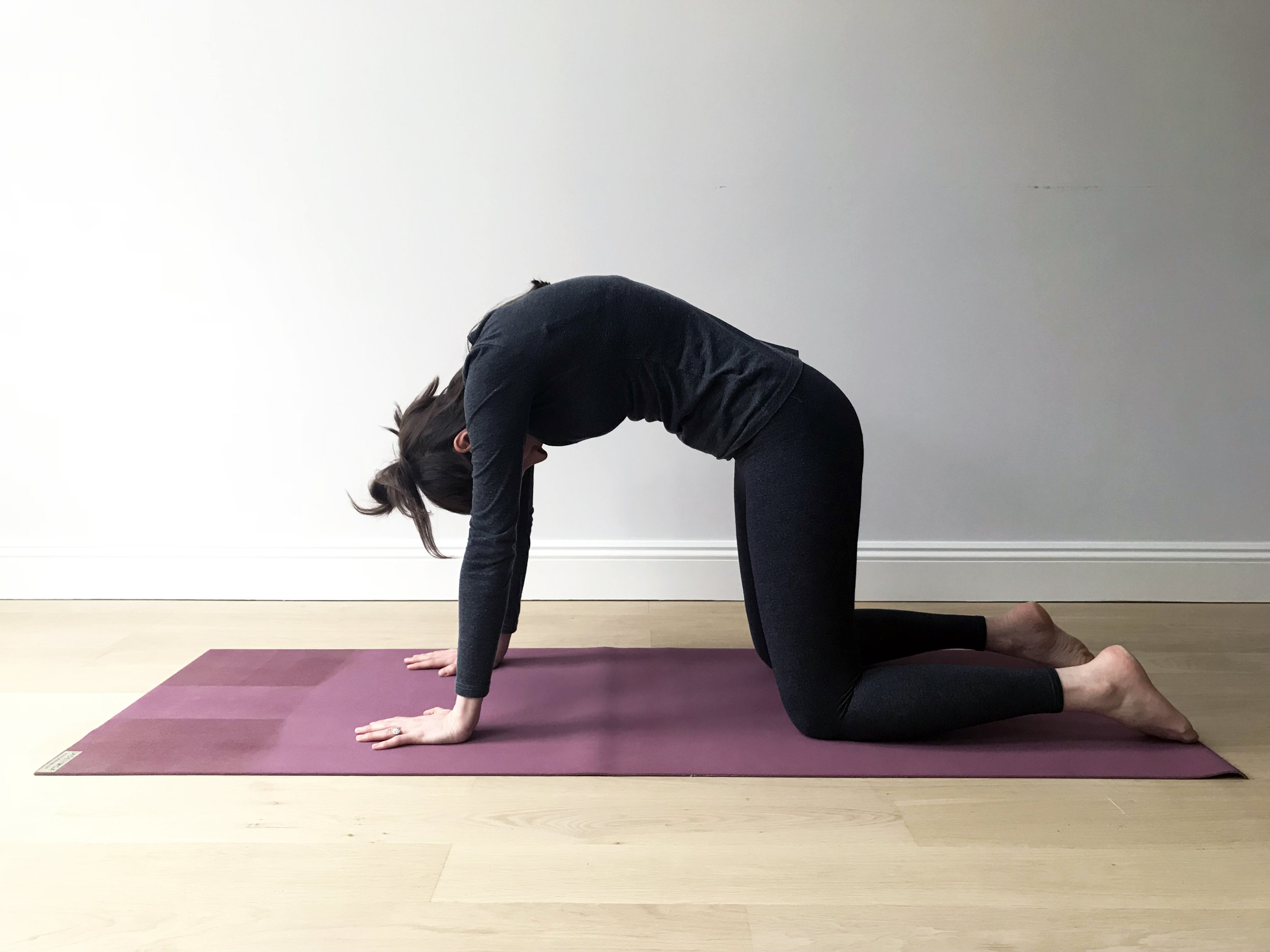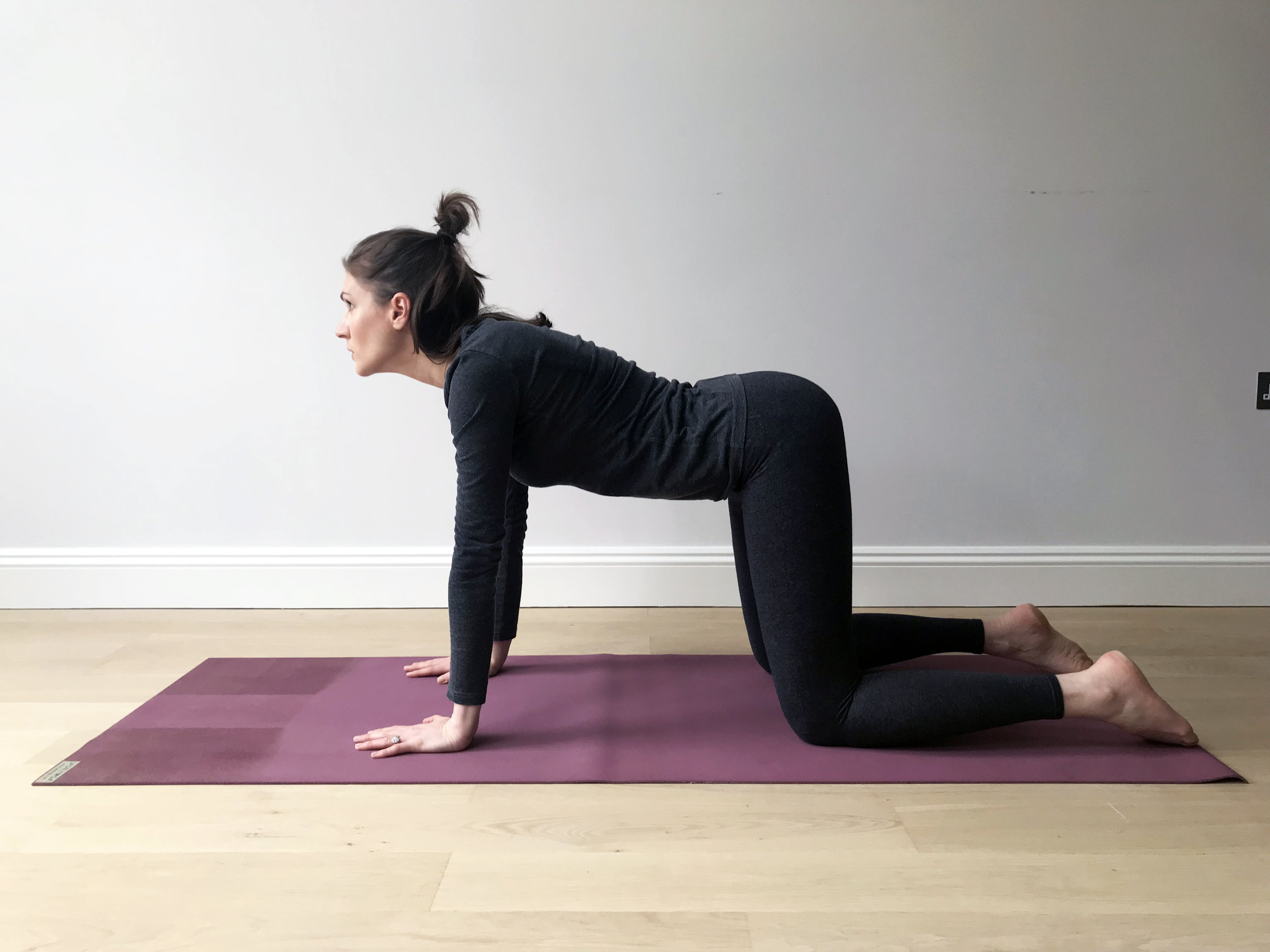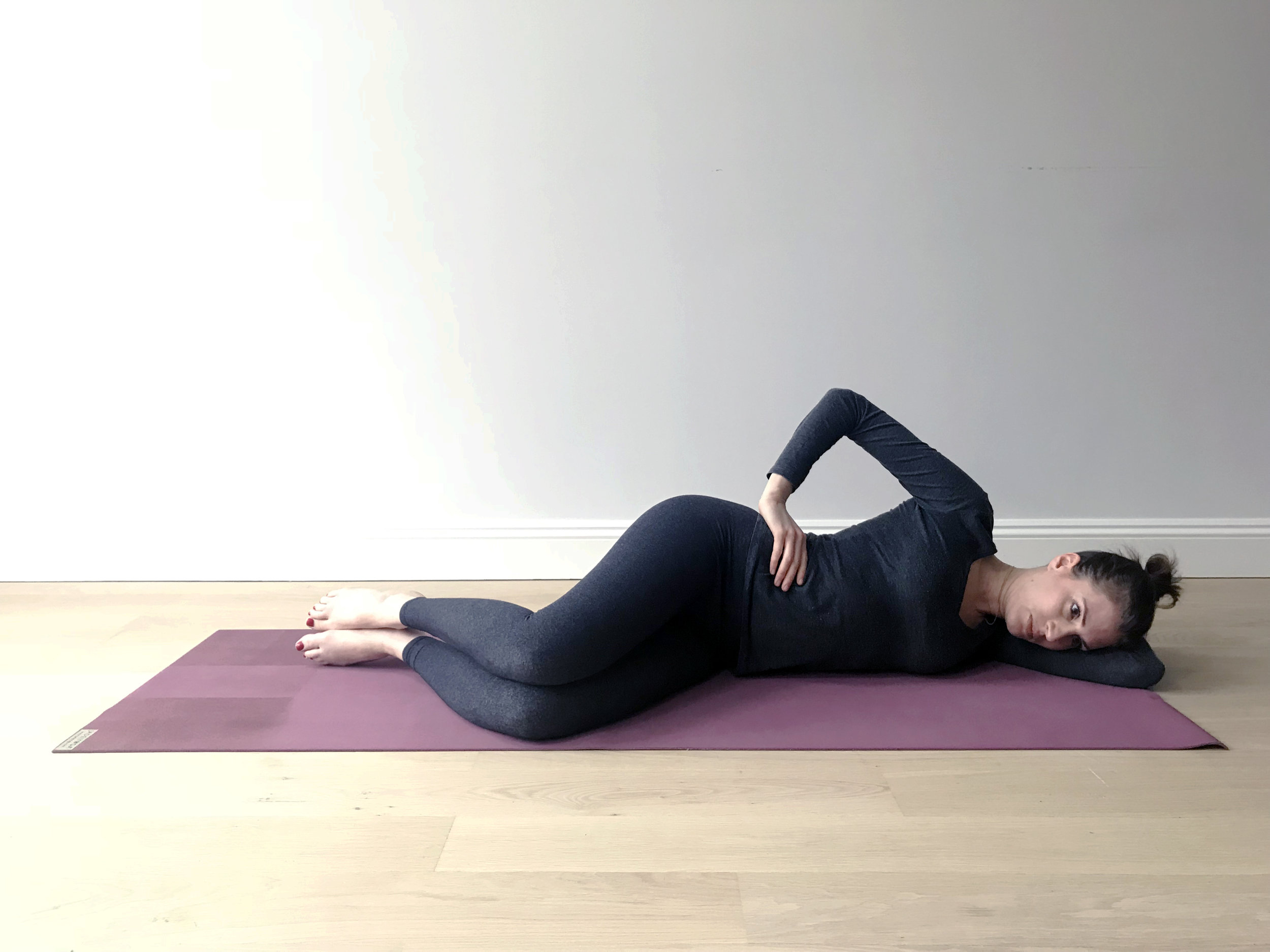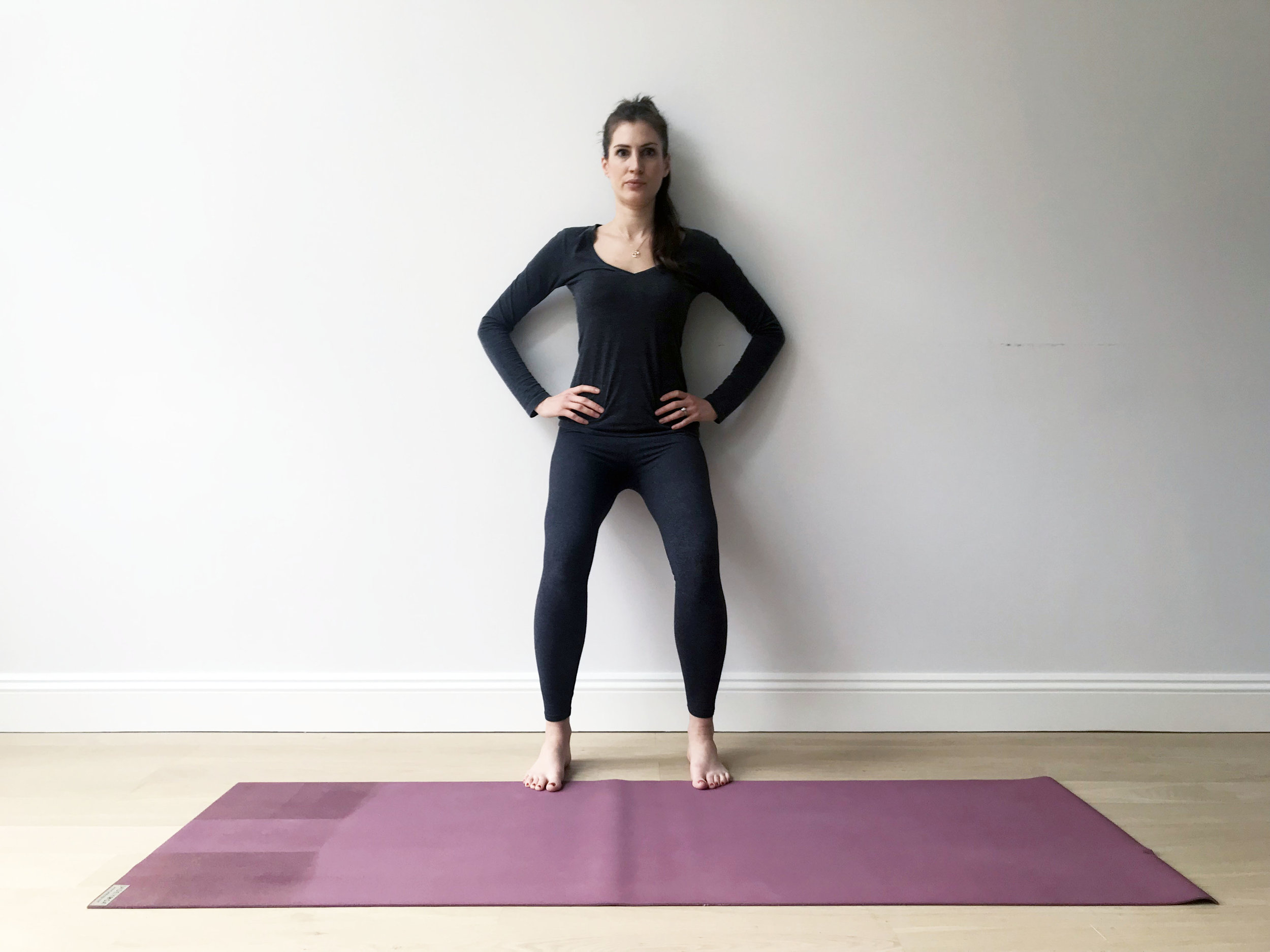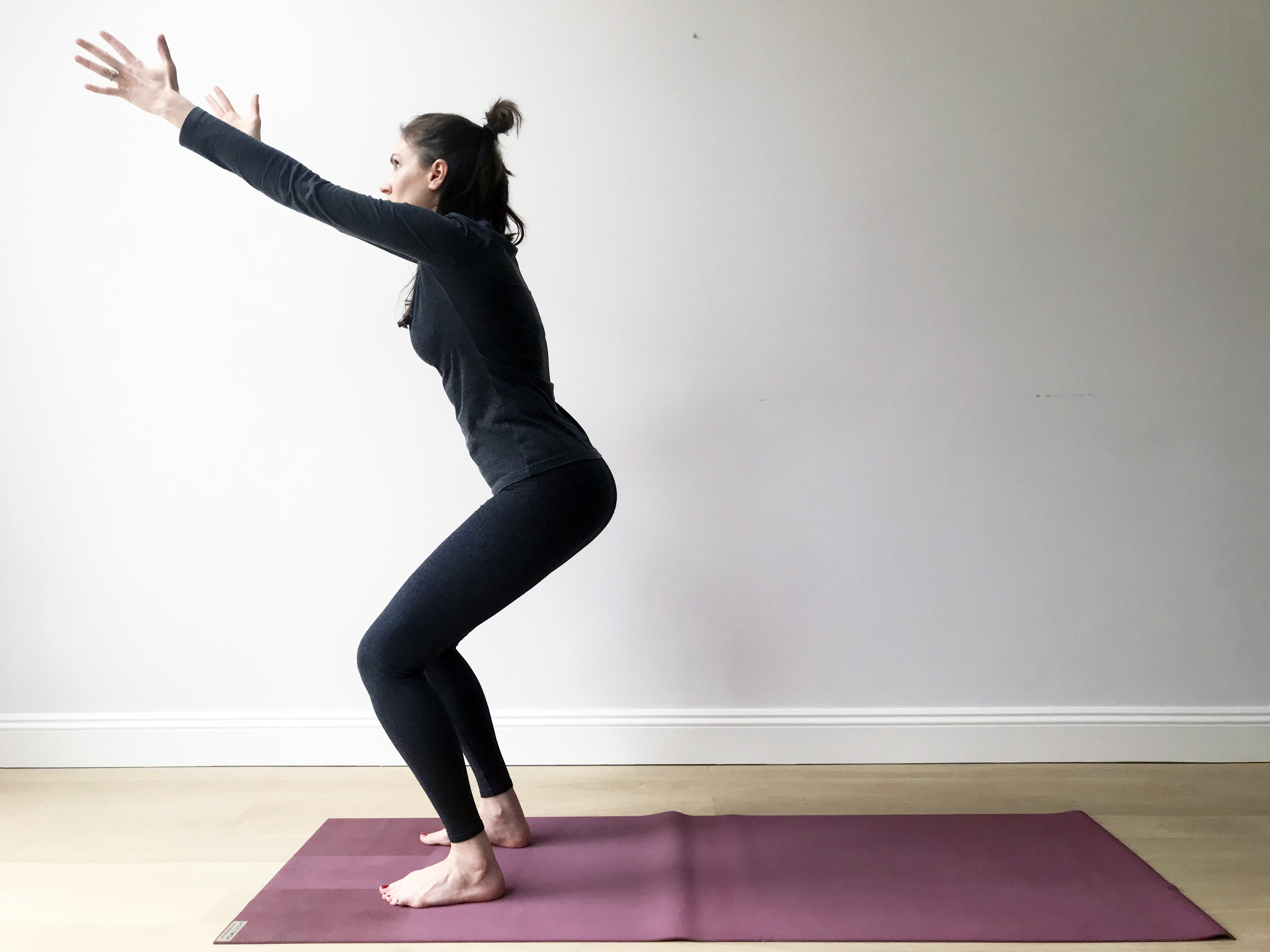Exercise Post Cesarean section
After plenty of research, mainly reading books like Ina May’s ‘Guide To Childbirth’, I was dreaming of a natural home birth. Unfortunately, my little one had other ideas. Babies have their own special way of teaching you useful life skills, even before they’ve arrived. The main lesson here was acceptance and patience. I ended up having a planned C-section due to him being in a footling breech position. Once I had accepted my birthing fate, I was content that it was my decision, which I had based on research and advice from a doula and midwives. Despite this not being my initial plan, I managed to have a really positive experience. Next was the concern of how I was going to look after this little person after having had major abdominal surgery.
Let’s recap what a C-section is. It is short for Caesarean section, and as mentioned, it really is major pelvic and abdominal surgery. An incision is made into the skin. Fat cells, connective tissue and abdominal cavity are then all cut through. Abdominal muscles are pulled open and the bladder is pulled inferiorly in order to access the uterus. An incision is thus made into the uterus in order to deliver first the baby and then the placenta. Everything is then put back and stitched up. All these layers must fully heal before starting any kind of vigorous exercise. So, although the scar might appear to have healed, these deep layers take a lot longer.
It’s not just with a C-section that the body goes through a great deal, every pregnancy and birthing experience is unique and will have a large effect on the body. Many women will be familiar with the territory of not knowing one’s body after having a baby and not understanding how to use it, especially how to exercise it. Whether it’s a weak perineum, fear of leaking, lack of abdominal strength or excessive sweating, as well many other post partum treats. One must remember though that all these changes are transient, they are not here to stay.
The key thing to bear in mind is, less is more. It’s imperative to take time and not be in a rush to exercise. The body has been depleted physically and so much strength goes into taking care of the baby that one must be careful with overdoing things. The body has it’s own healing mechanism. For example, during breastfeeding, the uterus contracts to shrink back to its original size. Within one year, the body has the amazing ability to return back to itself. After a C-section, one needs to take extra care to protect the back due to the lack of abdominal strength, especially since it has been carrying that extra weight for the last nine months. It is key not to rush back to a previous physical regime and take time to build up strength. Remember to celebrate what the body has achieved, rather than judge the extra pounds.
I’ve put together some advice based on my own experience and my professional expertise. Here are some dos, don’ts and useful exercises.
DON’T
· Lift anything heavy
· Perform exercises, such as heavy weight training, abdominal strengthening, running, jumping, or anything that involves stretching the tissue under the scar e.g. ‘Upward Dog’
· Any position which makes the tummy dome, Diastasis Recti, a gap in the abdominal muscles caused by the stretching of pregnancy.
DO
· Allow a whole year for the body to fully recover after a C-section
· Spend the first few weeks enjoying spending time with the baby and getting as much rest and relaxation as possible.
· Listen to the body, only do what feels comfortable. Any concerns, then speak to a GP.
· Only follow the exercises below as long there is no pain or complications.
· Remember to always connect with the breath during all exercises
· Always maintain the integrity of the spine and don’t sacrifice the back for the baby. It’s natural to want to protect your scar and abdominal area so this can lead to a stooped posture. It’s important to avoid this, stand up straight through the upper back, open the chest, pull the stomach in and reach the top of the head towards the sky.
· Be careful sitting or standing from a lying position. Turn onto the side and push up into a seated position. The same applies in reverse getting into a lying position.
· Massage the scar tissue once checked by the GP.
First 6 weeks
· Light and gentle exercises only.
· The first exercise should be to strengthen the pelvic floor, only once feeling ready. This is really important as even though one hasn’t had a vaginal delivery, it is still weakened by pregnancy and the scar can affect the pelvic nerve function.
-Squeeze the pelvic floor, a feeling as if zipping up from the pubic bone to the navel. Do 10 quick squeezes. Do 10 drawn out squeezes. These can be done while feeding the baby a number of times throughout the day.
· Breathing exercises e.g. lying down place the hands on lower ribs and stomach, inhale gently and exhale to feel the stomach and ribs pushing inwards and downwards, encourage this movement with the hands.
· Slowly build up walking, only if there is enough energy, remember there will be days when it feels like too much. Start with five to ten minutes.
· Other gentle toning exercises, only once the pelvic floor is feeling stronger. See below-
-Activate the pelvic floor, lift 1 vertebra at a time and come to a half ‘pelvic lift’/half ‘bridge pose’. Option to then hold this position and squeeze the gluteus muscles 5 seconds x 5.
-Use very light weights to exercise the arms whilst lying on the back.
-‘Piriformis stretch’ hold for 10-15 seconds
-Clam shells 5 x 2.
4-6 months
· Start with a10-20 minute routine x 2 per week, gradually increasing week by week. This might be later for some.
· One may now be able to start exercises, which concentrate more on working the abdominal core.
· One may start classes, they must still be very gentle and there must be no pain with the above exercises and with walking. Remember to tell the instructor about the recent surgery.
· Only do exercises that use light weights, resistance bands and your own body weight, see below for examples.
-Chair pose, hold for 5 breaths.
-Standing with shoulders and upper back against the wall, pull the tailbone down and place hands on the stomach. Inhale to let the stomach expand slightly and exhale into the stomach in and activate the pelvic floor. 10 x 2
-Upper Back Mobilisations, arch the back and drop chin to chest, then extend the back to open the chest and lift up the head. 10 x 2


